What Is a Kaidō Racer 🎌?
What Is a Kaidō Racer? Origins and Style Breakdown
Explore the world of Kaidō Racers—Japan’s wildest street machines. Learn about their origins, styling elements, and cultural significance in the JDM scene.

Introduction: More Than Just a Wild Ride
The term Kaidō Racer refers to one of Japan’s most radical and visually aggressive car styles. Known for their exaggerated bodywork, intense colors, and rebellious spirit, Kaidō Racers are as much a statement of identity as they are a form of automotive expression.
But where did they come from, and what defines a true Kaidō Racer? This article dives into the origins, style, and legacy of one of the most distinctive branches of Japanese car culture.
What Is a Kaidō Racer?
A Kaidō Racer is a highly customized street car inspired by Japan’s 1970s and 80s Group 5 “Silhouette Formula” race cars. These vehicles are known for their extreme aesthetics, including:
- Oversized chin spoilers
- Bolt-on overfenders
- Exaggerated wings and canards
- Flashy paint jobs and decals
- Long, wild exhaust pipes (“Takeyari”)
- Deep dish wheels and aggressive camber
While they often look like race cars, Kaidō Racers are rarely built for performance—they’re built for style, attitude, and nostalgia.
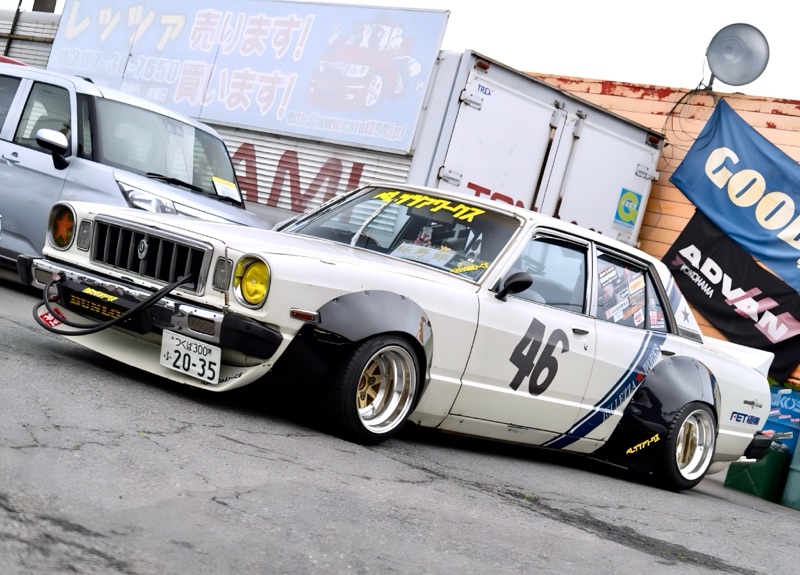
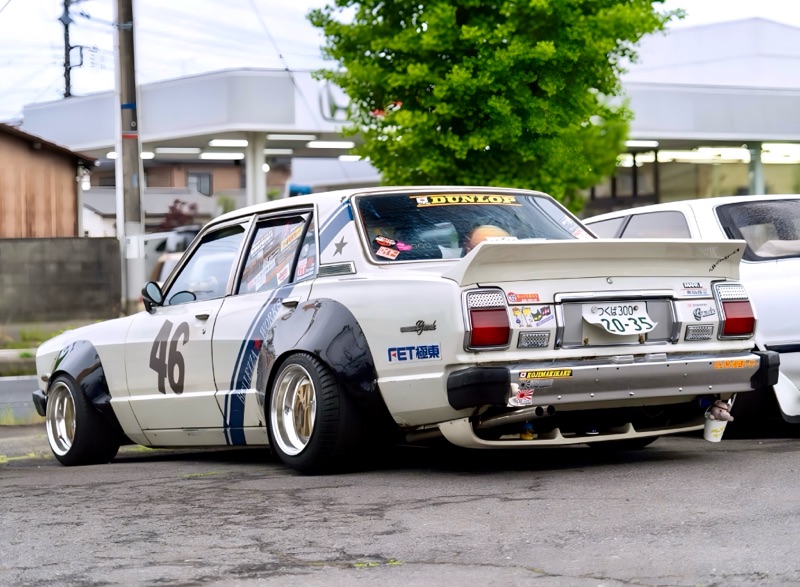
The Origins: From Street Rebels to Retro Icons
The Kaidō Racer scene was born in late 1970s Japan, where young enthusiasts began modifying old sedans and coupes to mimic race cars they saw in motorsports like the Fuji Grand Championship.
These grassroots builds were driven along coastal highways—known as “kaidō” in Japanese—particularly the Wangan (Bayshore Route). That’s where the name “Kaidō Racer” comes from.
Kaidō Racers were heavily influenced by:
- Bosozoku biker gangs, who brought aggressive aesthetics to both bikes and cars
- Shakotan culture, focused on low, slammed stances
- Dekotora trucks, which featured elaborate lights and chrome
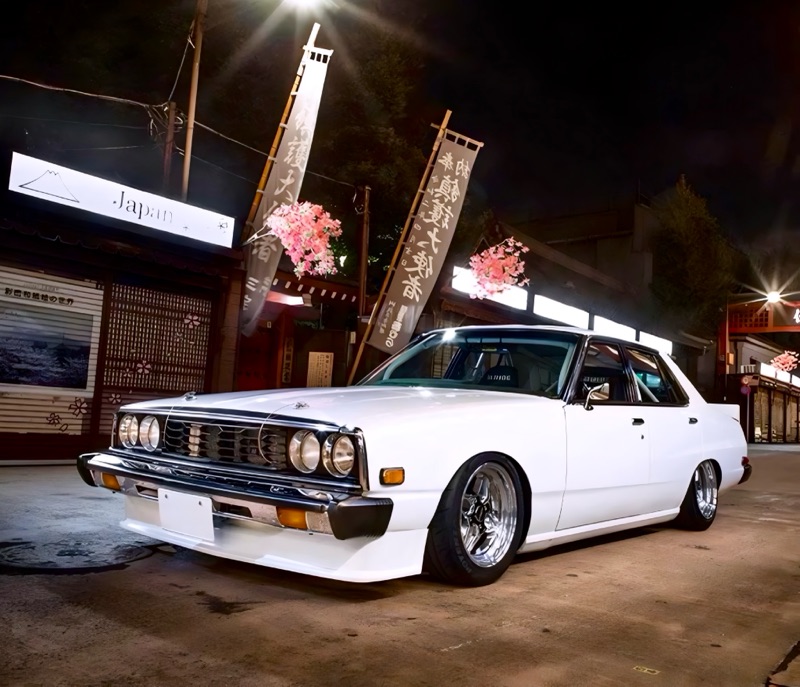
Styling Breakdown: What Makes a Kaidō Racer
Each Kaidō build is unique, but they usually share the following characteristics:
1. Body Kits and Aero Parts
- Massive front splitters (inspired by Group 5 racing)
- Overfenders riveted or bolted on
- Boxy, extended rear ends
- Wild rear wings, sometimes made from wood or scrap metal
2. Paint and Graphics
- Retro racing liveries (Marlboro, Advan, Gulf)
- Stripes, glitter paint, or metallic flake
- Kanji slogans or political statements
3. Wheels and Stance
- Deep-dish SSR or Work wheels
- Extreme negative camber
- Slammed suspensions with little to no fender gap
4. Exhaust Systems
- Custom vertical or diagonal pipes (Takeyari)
- Loud, unmuffled tone meant for attention—not performance
5. Interior and Accessories
- Chain steering wheels
- Roll cages
- Vintage Recaro seats or period-correct upholstery
- Plush toys, flags, or light-up ornaments
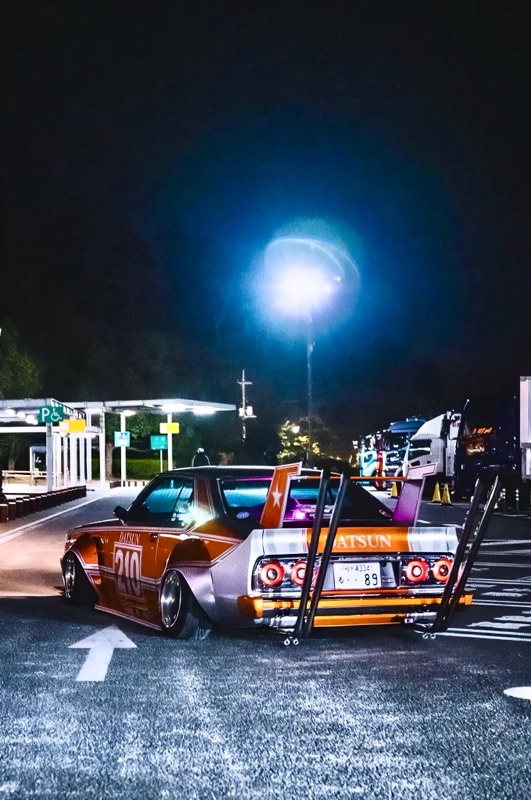
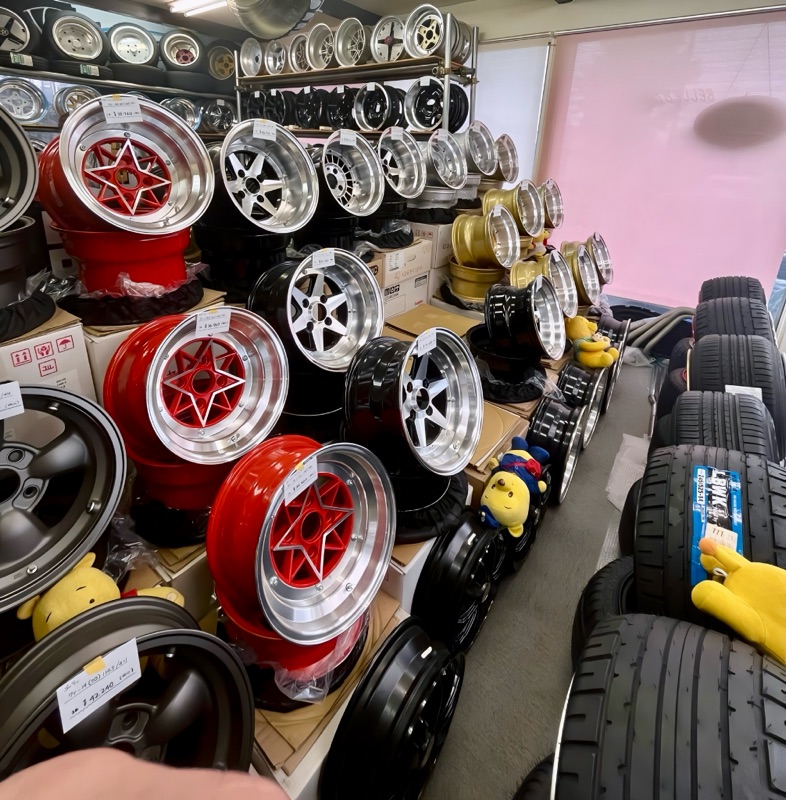
Popular Base Cars for Kaidō Builds
Kaidō Racers are typically based on 1970s–80s Japanese sedans, coupes, and even wagons, such as:
- Nissan Skyline C110 “Kenmeri”
- Toyota Mark II, Chaser, and Cresta
- Nissan Laurel and Cedric
- Mazda RX-3 or RX-4
- Datsun 240K, 610, 510 Bluebird
These cars are chosen for their nostalgic value and boxy silhouettes, perfect for dramatic modifications.
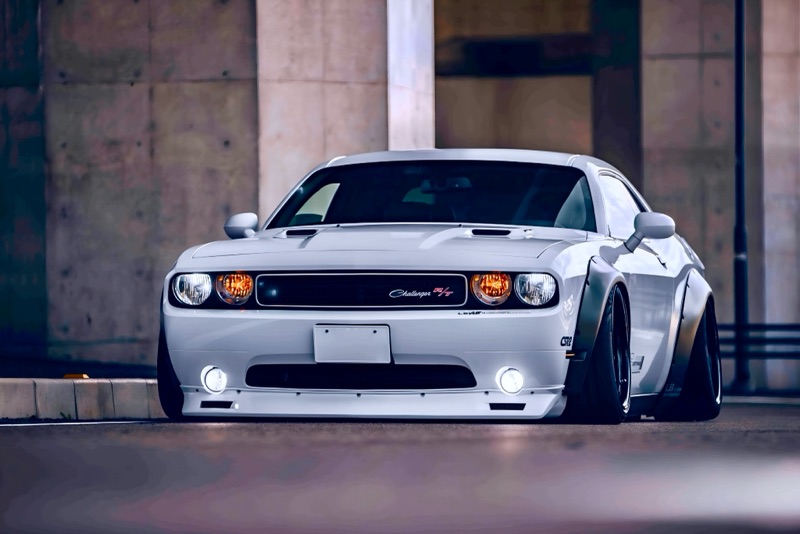
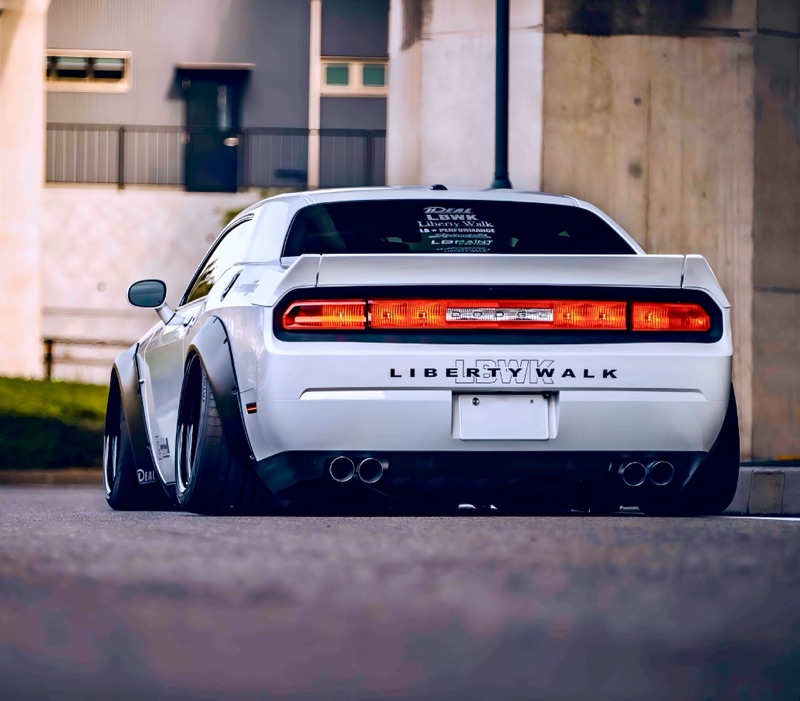
Kaidō Racer vs. Bosozoku vs. Shakotan: What’s the Difference?
These terms are often used interchangeably, but they represent different aspects of Japanese car culture:
| Style | Key Traits | Focus |
| Kaidō Racer | Race-inspired styling, retro liveries, exaggerated aero | Visual homage to 70s/80s motorsport |
| Bosozoku | Rebel biker gang aesthetic, political slogans, loud builds | Anti-establishment expression |
| Shakotan | Low stance, deep wheels, clean lines | Slammed look, often performance-oriented |
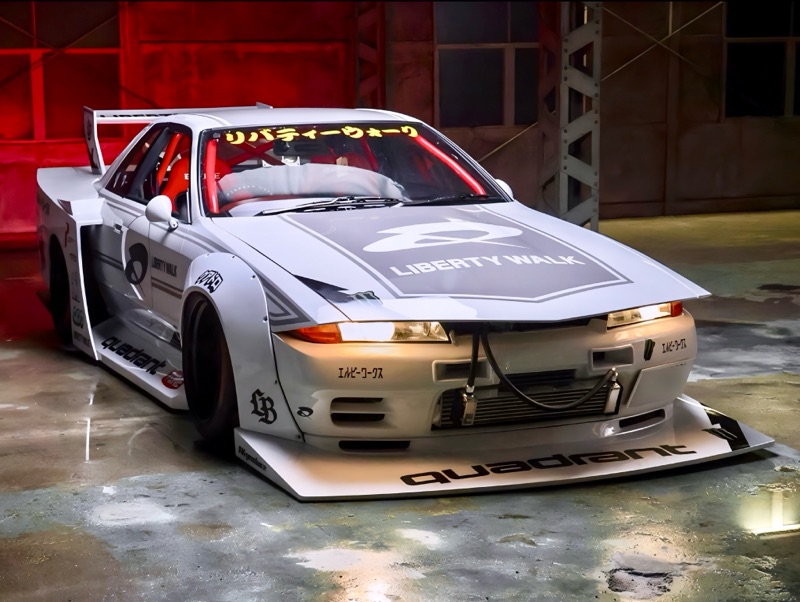
Many cars overlap between these subcultures, and the lines are intentionally blurred by builders.
Modern Kaidō Scene: From Japan to the World
What began on Japanese highways is now gaining global recognition. In the U.S., Europe, and Southeast Asia, builders are replicating Kaidō style—either using JDM classics or local retro platforms.
Instagram, YouTube, and events like Wekfest Japan and Mooneyes Yokohama have helped introduce Kaidō Racer aesthetics to a new generation.
Online communities and builders like Chibazoku, Kogarashi, and Kaido House continue pushing the culture forward, with modern interpretations and even diecast collectibles inspired by Kaidō styling.
Kaidō Racers and the Tuning Community
Unlike performance-focused scenes like time attack or drift, Kaidō Racers emphasize creativity and style. They often spark debate even within the JDM community, but their role is undeniable—they preserve a radical, expressive part of Japan’s automotive history.
Whether you love or hate them, Kaidō Racers command attention, celebrate individuality, and honor an era when the lines between the road and the racetrack were truly blurred.

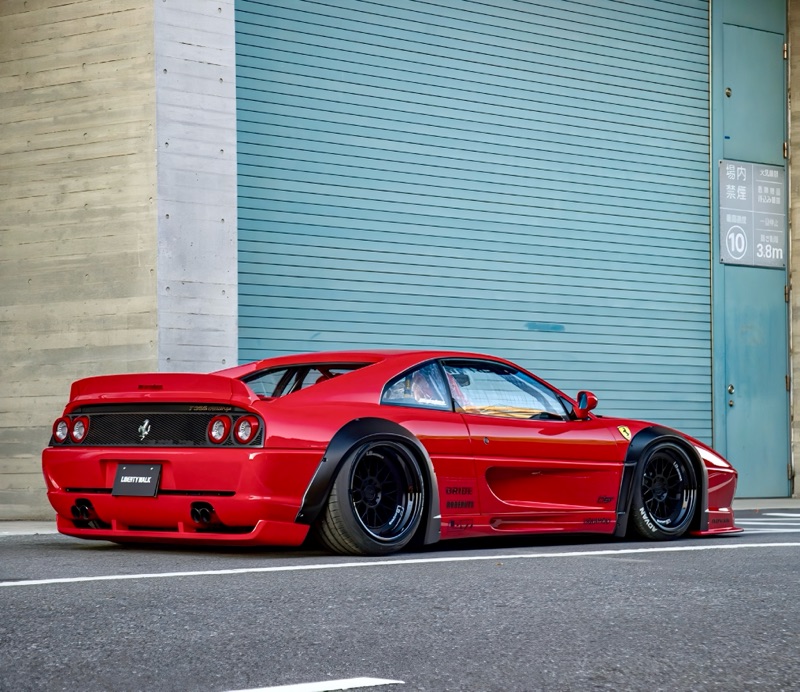
Conclusion: Why Kaidō Racers Matter
Kaidō Racers aren’t just about looking wild—they’re about expression, heritage, and defying the ordinary. Rooted in history but fueled by imagination, they remain one of the most exciting and artistic expressions of car culture anywhere in the world.
As more enthusiasts embrace the style globally, Kaidō Racers continue to evolve while staying true to their rebellious roots.
Comments
Post a Comment